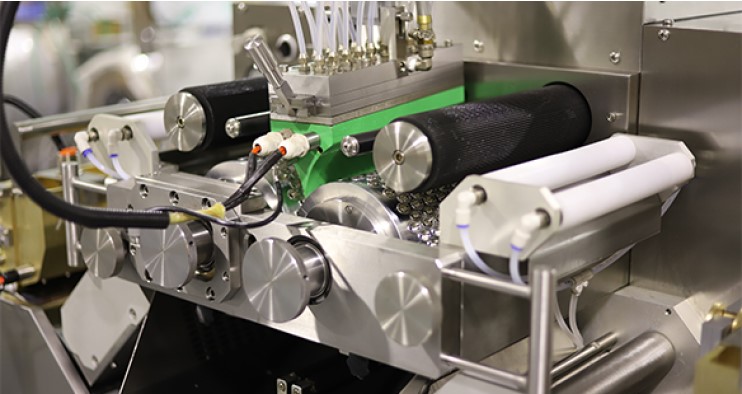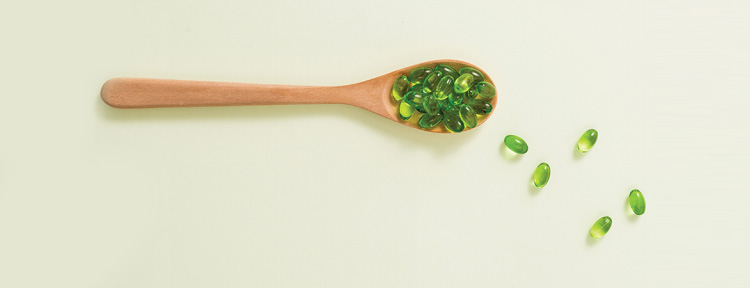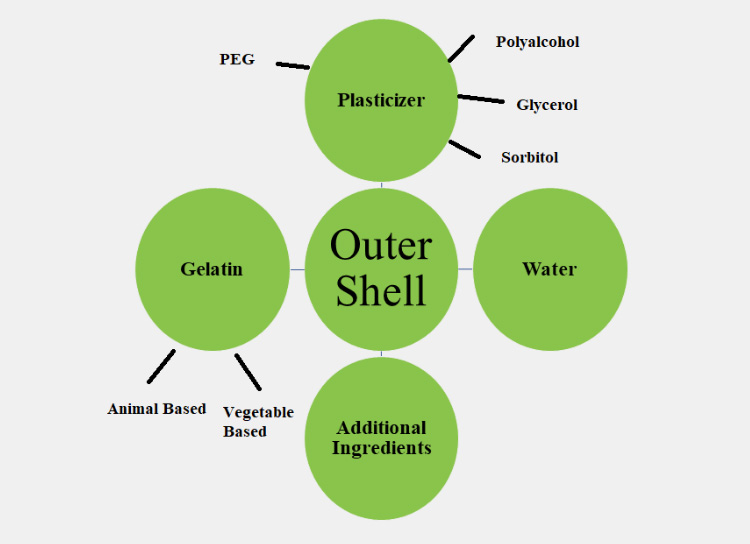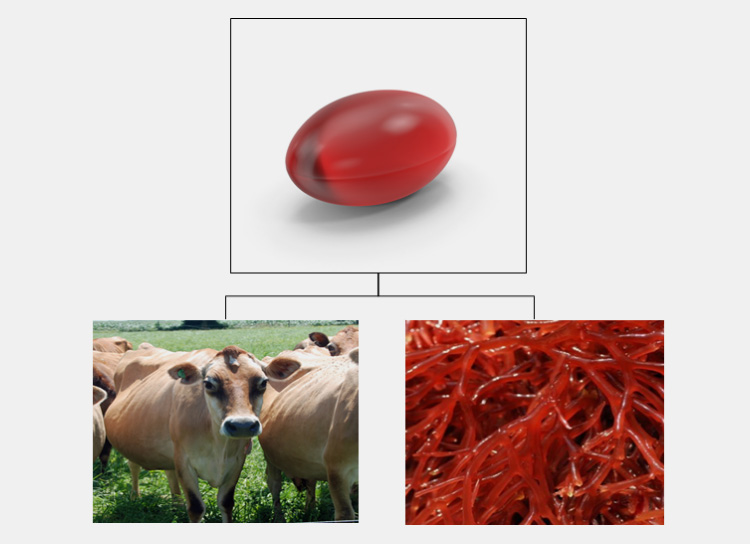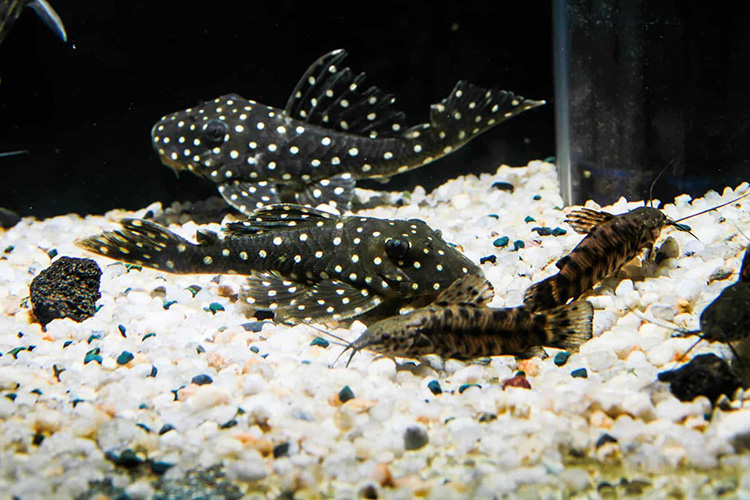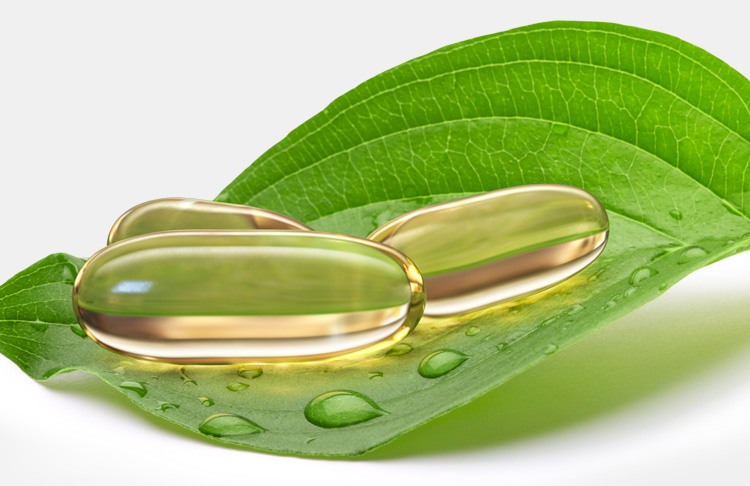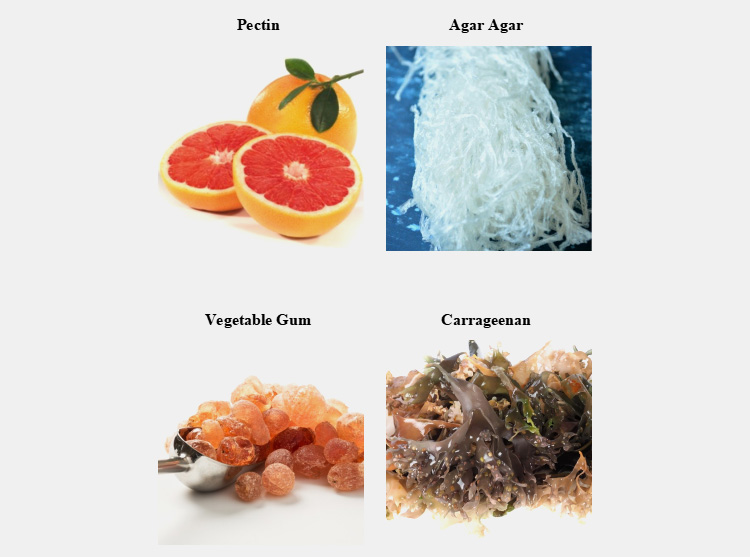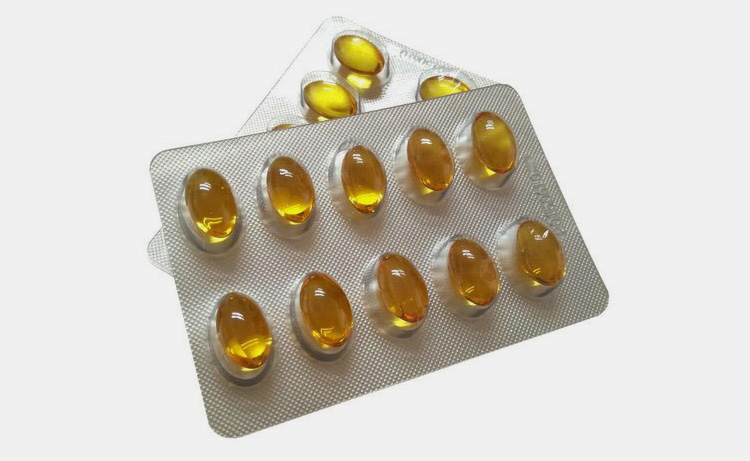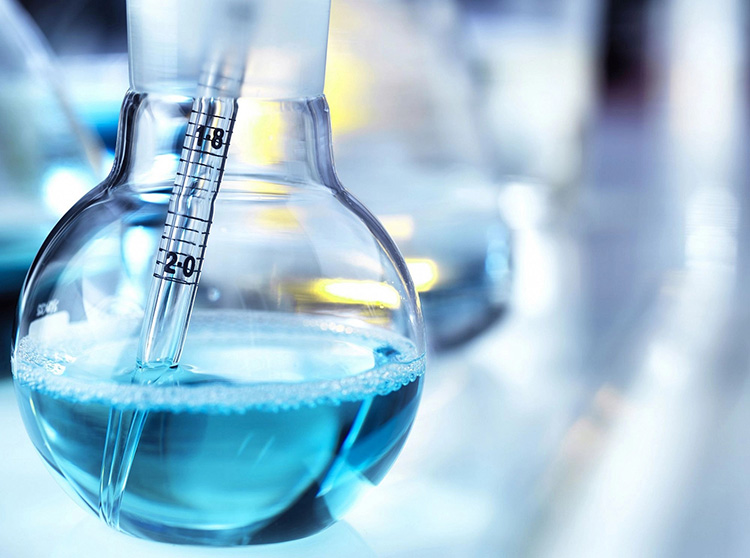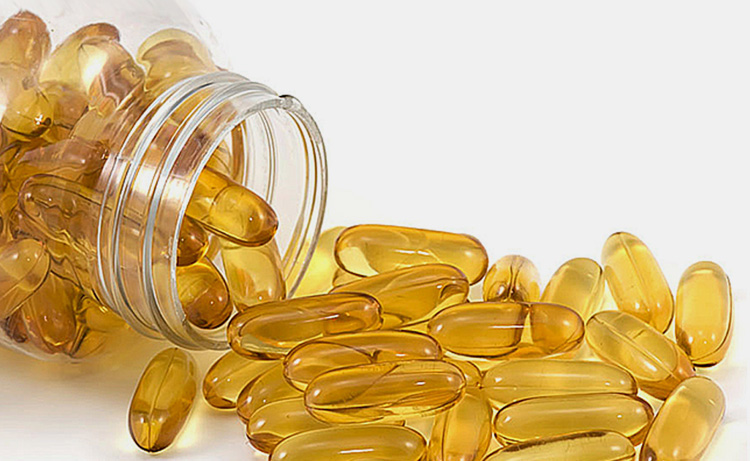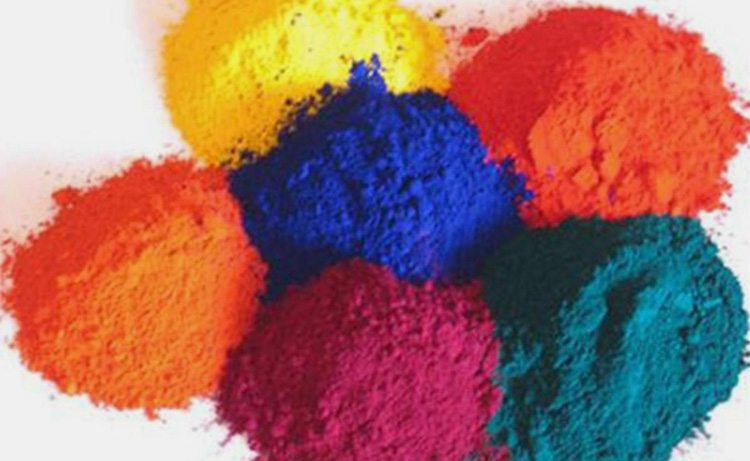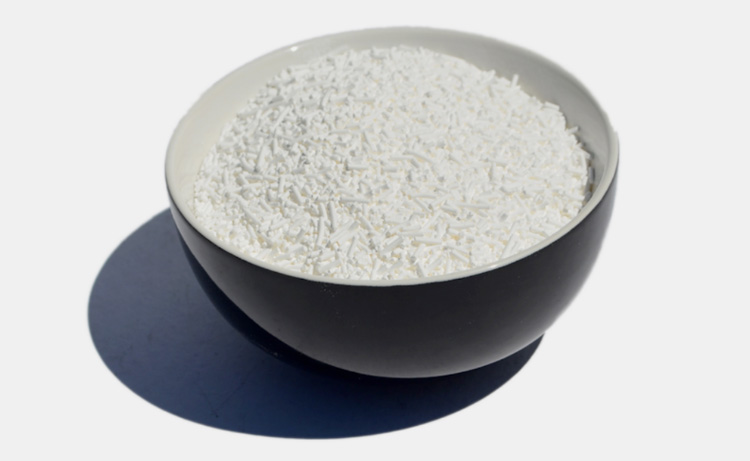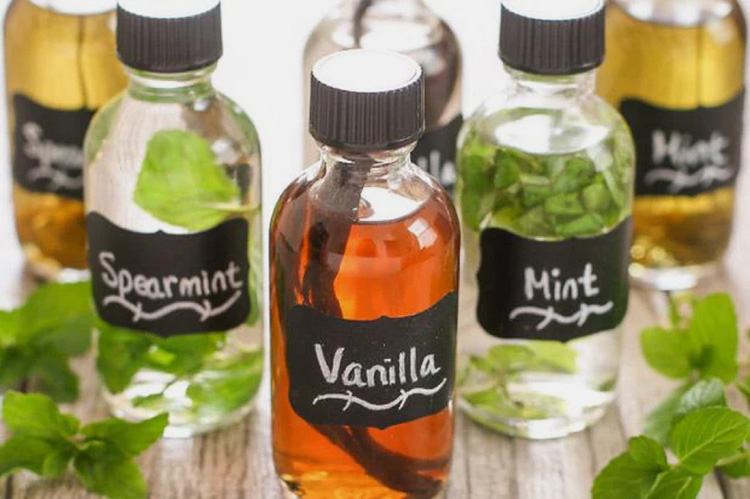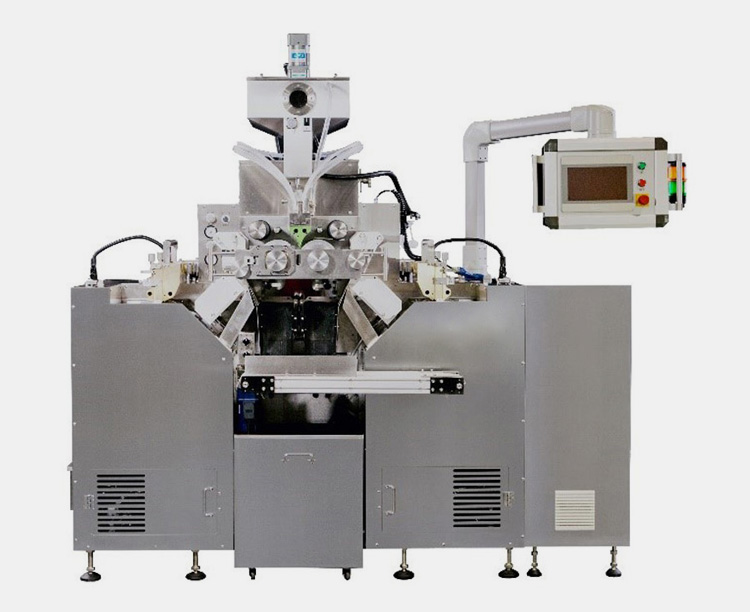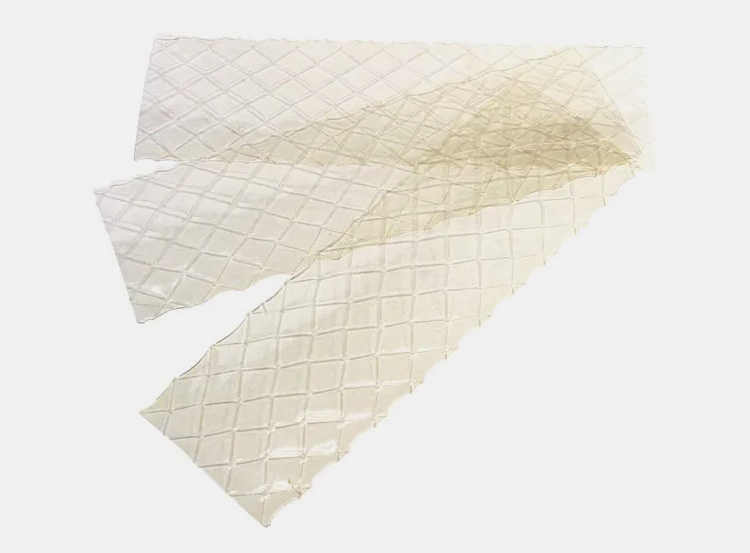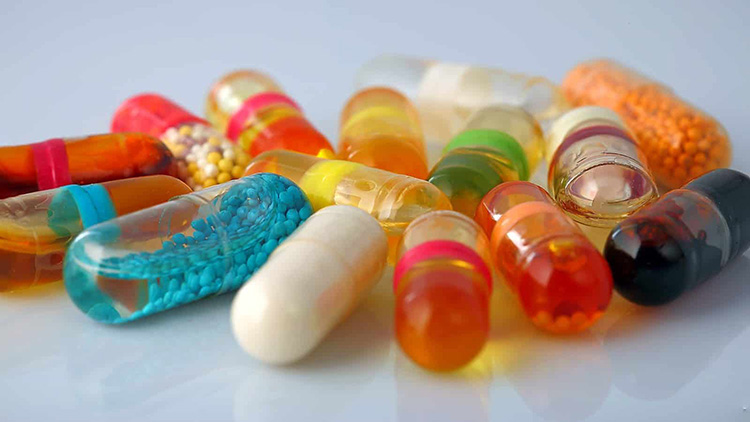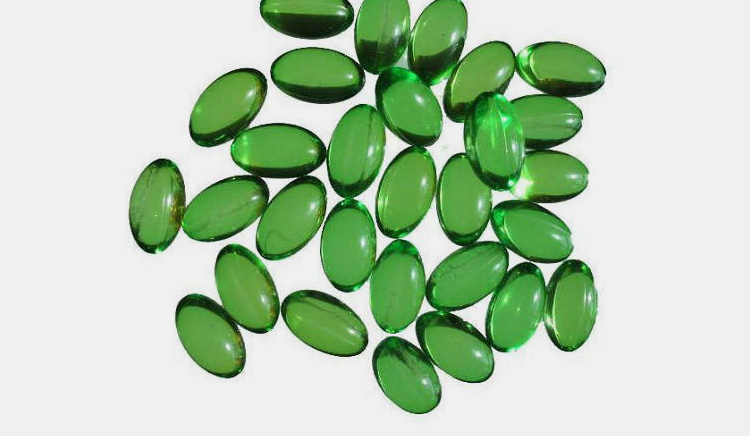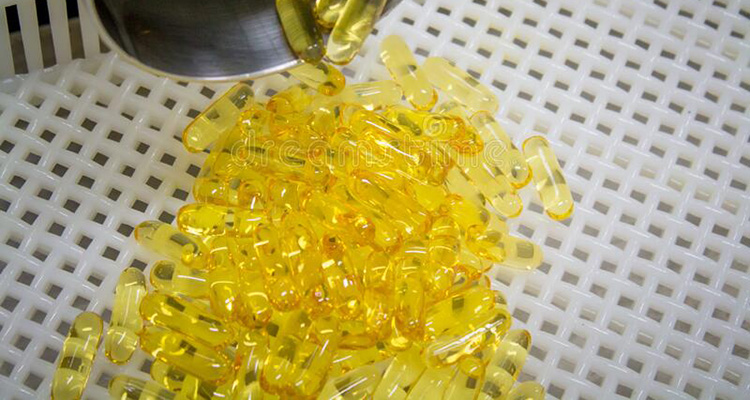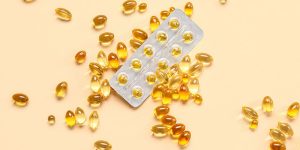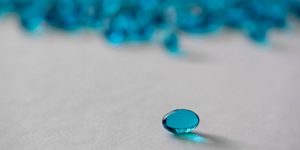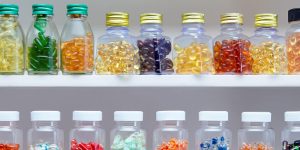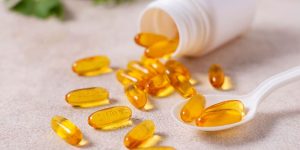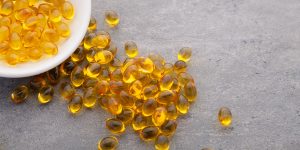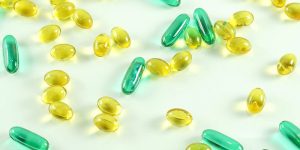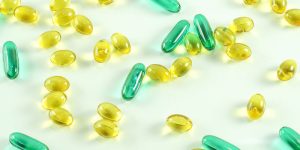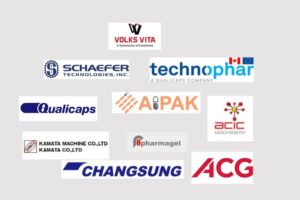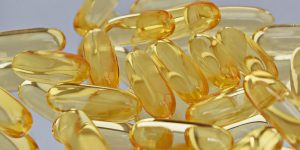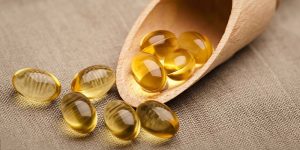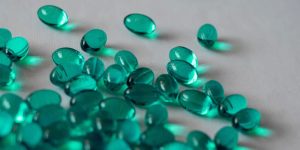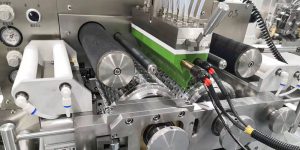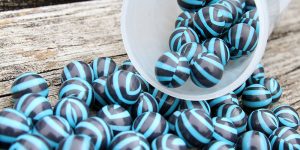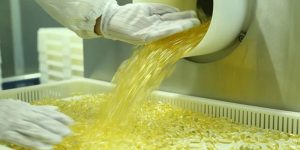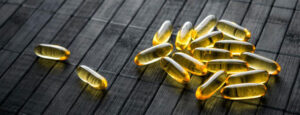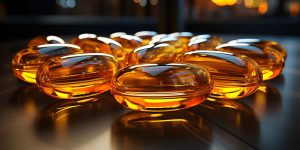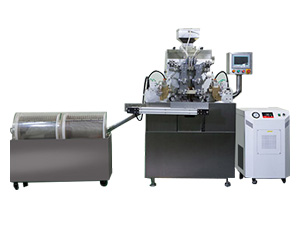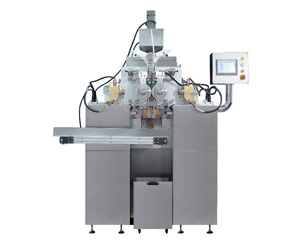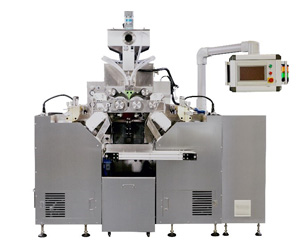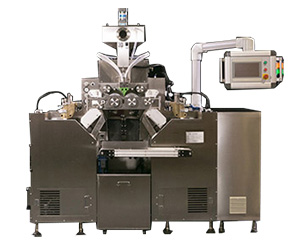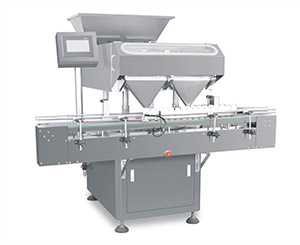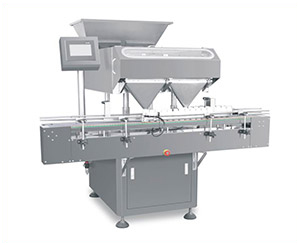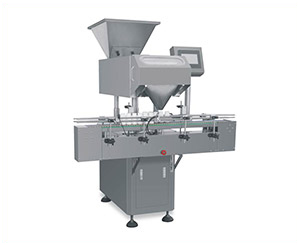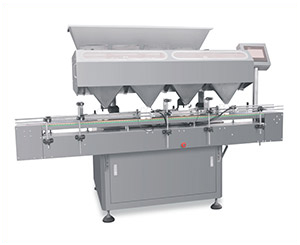How To Make Soft Gel Capsules?
Since earlier in the 19th century, soft gel capsules were a leading selection for manufacturers. Because this dosage form was easier to ingest with no taste- and improvements in biological sciences flourished to inspire exciting new advancements. Before & now, soft gel capsules are still a noticeable choice in pharmaceuticals and other fields.
But do you know how to make soft gel capsules? That is the exact purpose of this blog. Indeed capsule manufacturing is a complicated procedure but we have discussed it in a simplified manner.
Let's read on!
Table of Contents
Ⅰ.Composition
Outer Shell
The outer shell of a soft gel capsule requires the following ingredients:
Gelatin
Since the beginning, gelatin is the prime ingredient of gelatin capsules that comes in a variety of bloom or gelling strengths. Greater the bloom strength more resilient the gel. It is generally prepared by cooking/boiling animal skin, bone, ligaments & tendons as they are rich in collagen. This collagen is a pretty wonderful binding agent that gives a sticky and jelly texture.
The primary gelatin types used for making soft gel capsules are described below:
Sources of Gelatin
1.Animal-DerivedGelatin
Animal-derived gelatin is a partially hydrolyzed form of collagen from animal tissues. For instance: skin, tendon, and bones. The molecule of gelatin is made up of a long chain of amino acid by amid linkage.
Bovine Gelatin
Gelatin is obtained from a 100% pure bovine source. This form of gelatin is certified as halal which is a pure protein. Bovine collagen is very safe and flexible to incorporate into your diet as well.
Porcine Gelatin
This form of gelatin is extracted from pig sources. Porcine gelatin is characterized as a non-halal substance that is prohibited in some customs. It is safe for utilization in medicines under strict sterility, safety, and FDA norms.
Poultry Gelatin
Poultry gelatin is possibly a good alternative to mammalian gelatin. The poultry gelatin has promising rheological properties for industrial application.
Fish Gelatin
Fish Gelatin is a proteinous substance obtained from the collagen-rich skin of fish/scales with the help of boiled water.
2.Plant-DerivedGelatin
An ideal substitute for Vegan! Fortunately, there is plant-based gelatin commonly employed substitute for animal-based gelatin. This is the ideal source for vegans and most closely resembles gelatin.
Pectin
Pectin is non-animal; water-soluble polysaccharides are present in the cell walls of fruits as well as vegetables. It is also known as a gelling agent in terms of composition.
Agar Agar
Agar or agar-agar is a heterogeneous form of carbohydrate obtained from seaweed such as red sea algae. It has no flavor, no odor, and color good for culinary ingredients too.
Vegetable Gum
In soft gel capsules, vegetable gum such as xanthan, guar, and locust bean gum are also used.
Carrageenan (seaweed)
It is also known as Irish Moss, which is extracted from seaweed extract and is a good alternative to animal-derived gelatin. A carrageenan is a flavorless form of gelatin also used for various vegan products.
Plant-Derived Gelatin
For a perfect soft gel capsule you must require:
- A gel strength must be 150- 200 bloom
- Viscosity (60°C/6- 2/3 % w/w in water): 8–4 mPa s,
- Well-controlled viscosity breakdown
- Well-defined particle size
- A broad molecular weight distribution.
Plasticizer
The making of soft gel capsules needs the utilization of non-volatile plasticizers in water to improve the mechanical integrity of the shell, i.e. the elasticity of the shell before and after drying. The additional plasticizers lead to counterbalance the stresses which are induced by the shrinkage of the capsule shall as water molecules remove from it during drying.
The commonly used plasticizers are:
- Polyalcohol: approved by official pharmacopeias’ or local regulatory bodies.
- Glycerol: Glycerol is a frequently used plasticizer due to its high efficiency and more compatibility and low volatility with gelatin.
- Sorbitol: Sorbitol is an indirect plasticizer majorly acting as a moisturizing agent with water being an effective plasticizer. For soft gel capsule, 85- 98%, special grade non-crystalline aqueous sorbitol, and sorbitol-sorbitan combination are used.
- Propylene Glycol (PEG): used as an inactive ingredient in pharmaceutical products such as solvent, surfactant, ointment, and plasticizers. This ingredient has the potency to retain water.
- PEG 200 (low molecular weight): derived from petroleum-based sources, similar uses as PEG.
For a perfect soft gel capsule you must require:
- The ratio by weight of dry plasticizer to dry gelatin is between 3:1.0for hard gelatin while for soft gelatin 1.8:1
- The choice of soft gelatin shell formula w.r.t the gelatin/plasticizer must be crucial to its physical stability and storage.
Water
The rate and extent of physical shell and inner fill strongly depend upon the qualitative and quantitative formulations. As a universal solvent, water is used to make a gelatin mass with a pouring viscosity at 60-70°C.
For a perfect soft gel capsule, you must follow its specification, such as:
The ratio by weight of water/solvent to dry gelatin (W/G) may between 0.7 to 1.3 which depends upon the viscosity of the gelatin. The water content is removed after drying; generally, it is recommended that finished moisture content must be at 4-10%.
Opacifier
Do You Know Why Using Opacifier in Soft gel capsules? This is because the opacity allows efficient masking of the capsule fill and protects the ingredient against photodegradation. Besides this, a distinctive brightness helps the brand owner to determine a distinct visual identity. Titanium dioxide is a suitable opacifier that offers various benefits for the manufacturer.
Coloring Agent
Consumers like colored capsules; side by side it is an important marketing tactic of various pharmaceutical manufacturers. According to the International Journal of Biotechnology, 75% of people preferred red- or pink-colored pills. The common coloring agent used are soluble dyes or insoluble pigments.
Preservatives
Perseverative is incorporated into the composition to protect the growth of microbes during storage. The common preservatives are potassium sorbate, methyl, propyl hydroxybenzoate.
Flavoring Agent
A flavoring agent is not a frequently used product. The purpose of using to enhance flavors while ingestion, patient compliance, and to protect the odor of the capsule. There are various flavoring agents available such as vanilla, apple, orange, etc.,
Composition Of Soft Gel Capsule- Inner Shell
There are primary three kinds of inner filling materials.
- Neat Substance/Transparent Substance such as oily fluids
- A solution such as the presence of an active in a carrier.
You must keep in mind that if the inner filling material is suspension, it can accommodate up to 30% solid particles. Furthermore, a suspending agent must be smaller than 80 mesh.
Ⅱ.Soft Gel Encapsulation Machine
Soft Gel Encapsulation Machine
The soft gel encapsulation machine is an excellent way of making soft gelatin capsules developed in 1930 by Rober Pauli Scherer.
At a glance, to make soft gel capsule you need this single machine to control each step (from start to finish). A two-gelatin ribbon being spun one a set of rotating disc.
The dies cut and seal the ribbon when liquid or dose is being filled in gelatin pockets. The newly filled and sealed capsules are then transferred toward drying section to attain a certain shape.
This is an impactful innovation that constantly enhances the manufacturing process ranging from small to large production batches. There are a variety of soft gel encapsulation machines that serve various manufacturers' needs such as pharmaceutical, nutraceutical, recreational material, etc.
Before buying you must look at:
- Production speed, safety, and change over time.
- Certified Manufacturer and international quality norms.
- Construction, design, and cost-effectiveness.
Ⅲ.Soft Gel Encapsulation Machine- Auxiliary Equipment
There is a list of equipment used for various purposes in soft gel capsule production also referred to as support or auxiliary equipment.
| Gelatin Melting Tank | 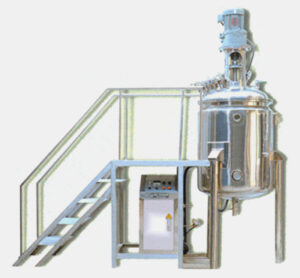 |
| Vacuum Deaerator | 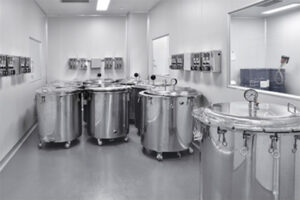 |
| Tumbler Dryer- Primary Drying | 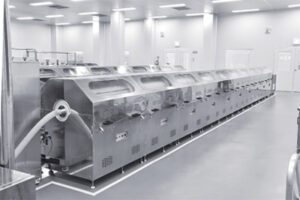 |
| Drying Cart- Secondary Drying | 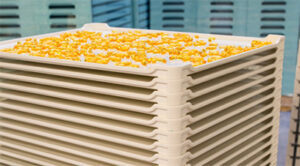 |
| Vacuum Pump | 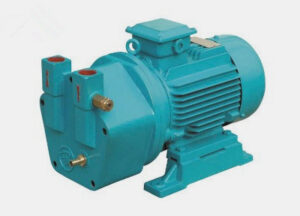 |
| Chilling System | 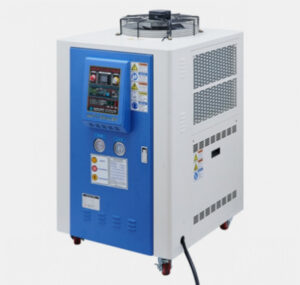 |
| Softgel Sorting Machine | 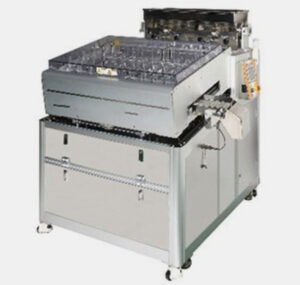 |
| Softgel Capsule Inspection Machine | 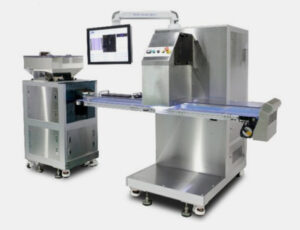 |
| Softgel Pulverizer | 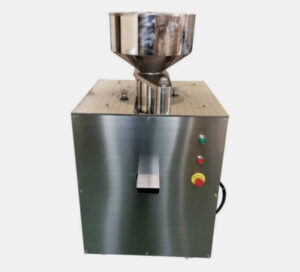 |
Ⅳ. Processing
Indeed, there are different steps involved in the making of a soft gel capsule. For your ease, we’ve grouped them into five principal components:
1.GelMass
A gel mass of shell formulation is comprised of gelatin, plasticizer, solvent, and other additives such as opacifier, colors, flavoring agent, preservative, etc.,
A gelatin melting tank is created for the melting process. It is composed of a three-layered structure capable to ensure even temperature throughout the activity.
A gelatin melting tank is created for the melting process. It is composed of a three-layered structure capable to ensure even temperature throughout the activity.
The preparation of gel mass is initially occurred by mixing water, and plasticizer with granules of gelatin in a suitable melting reactor to form a fully hydrated fluff up at room temperature.
Material is then subjected to a high temperature of 90–95⁰C, under a vacuum of 29.5-inch Hg with gentle mixing till you get a clear gel.
Now gel mass is transferred into heat-holding tanks and kept at 57-60⁰C.
2.FillFormulation
A fill formulation is a solution that has to be used for encapsulation into soft gelatin. This is a critical step that required special consideration that cannot affect the viscosity, but blending uniformity, filling weight, and overall shelf life.
A vacuum deaerator is a pressure-resistant stainless-steel container that can also aid mixing, heating, and vacuuming.
Fill formulation can be de-aerated strongly using a vacuum deaerator so air bubbles can be entrapped.
The fill formulation may be sustained between 35–37 ⁰C during processing encapsulation. Typically, a vacuum deaerator is a pressure-resistant stainless-steel container that can also aid mixing, heating, and vacuuming.
3.Encapsulation
This is a prime process where two flat ribbons are produced and carried together on a twin film set of rotating dies. This process is taken place by using a soft gel capsule-making machine. This machine is integrated with other production lines to make a complete set involved in the manufacturing of soft gel capsules.
A soft gel encapsulation machine is an innovative solution for encapsulation procedure. Its processing involved process plate, rotary die process, reciprocating die process, and accogel process.
4.Drying
At this stage, obtained soft gel is flexible and soft due to excessive moisture content. Using a basket/tray is a dynamic process to achieve gelatin shell return to its balance or equilibrium state (10-15%).
Drying management is divided into two categories, primary and secondary drying.
Primary Drying
Soft gel capsules are dried in a hollow drum accompanied by the perforated wall. Dry air is constantly provided with a temperature not higher than 35 ⁰C.
Secondary Drying
Capsules are spread onto a number of trays and organized on trolleys that remained in drying tunnels for the required time. In drying tunnel-controlled temperature 21-24 ⁰C and low relative humidity is provided.
5.Finishing
This is the final step of soft-gel capsule manufacturing that require sorting, polishing, printing, and inspection.
The storage requires capsule sorting machine that rejects faulty and damaged content. It works best for sorting spherical, oval, or tubular rotary-shaped softgel. Furthermore, process is continued with inspection machine to accept authentic and correct form of capsules.
The recommended storage condition for soft gel capsules needed a temperature of 15-30 ⁰C and relative humidity not greater than 50%.
Conclusion
Soft gel capsules create a unique solid dosage form that can be suitably encapsulated in solid, semi-solid and non-aqueous solutions. Some substances are very sensitive or need to encapsulate with high therapeutic doses. Thus, each and every parameter require special attention. We hope how to make soft gel capsules is no more difficult to understand.
Don't forget to share this post!
Softgel Encapsulation Machine Related Posts
Softgel Encapsulation Machine Related Products
Softgel Encapsulation Machine Related Videos
CONTACT US
Tell us your raw material and project budget to get quotations within 24 hours.
WhatsApp Us: +86 181 6426 8586
Want the best price & newest pharmaceutical machinery buying guide,tips and trends sent straightly to your box?Sign up for Aipak’s monthly newsletter,we’re free for your consultation and Offer you the most suitable solutions!
The Buyer's Guide
- Capsule Filling Buyer's Guide
- Blister Packaging Buyer's Guide
- Tablet Counting Buyer's Guide
- Tube Filling Buyer's Guide
- Cartoning Buyer's Guide
- Gummy Making Buyer's Guide
- CO2 Extraction Buyer's Guide
- Empty Capsules Buyer's Guide
- Suppository Filling Buyer's Guide
- Tablet Coating Buyer's Guide
- Tablet Press Buyer's Guide
- Softgel Encapsulation Buyer's Guide
Most Popular
- 7 Importance Of Pharmaceutical Packaging In Different Applications You Must Know
- 6 Advantages You Must Know About Tablet Counting Machine
- 8 Advantages of Blister Packaging You Must Know
- 6 Critical Applications of Automatic Capsule Filling Machine
- 6 Stations You must Know to Improve the Filling Quality of Automatic Capsule Filling Machine
